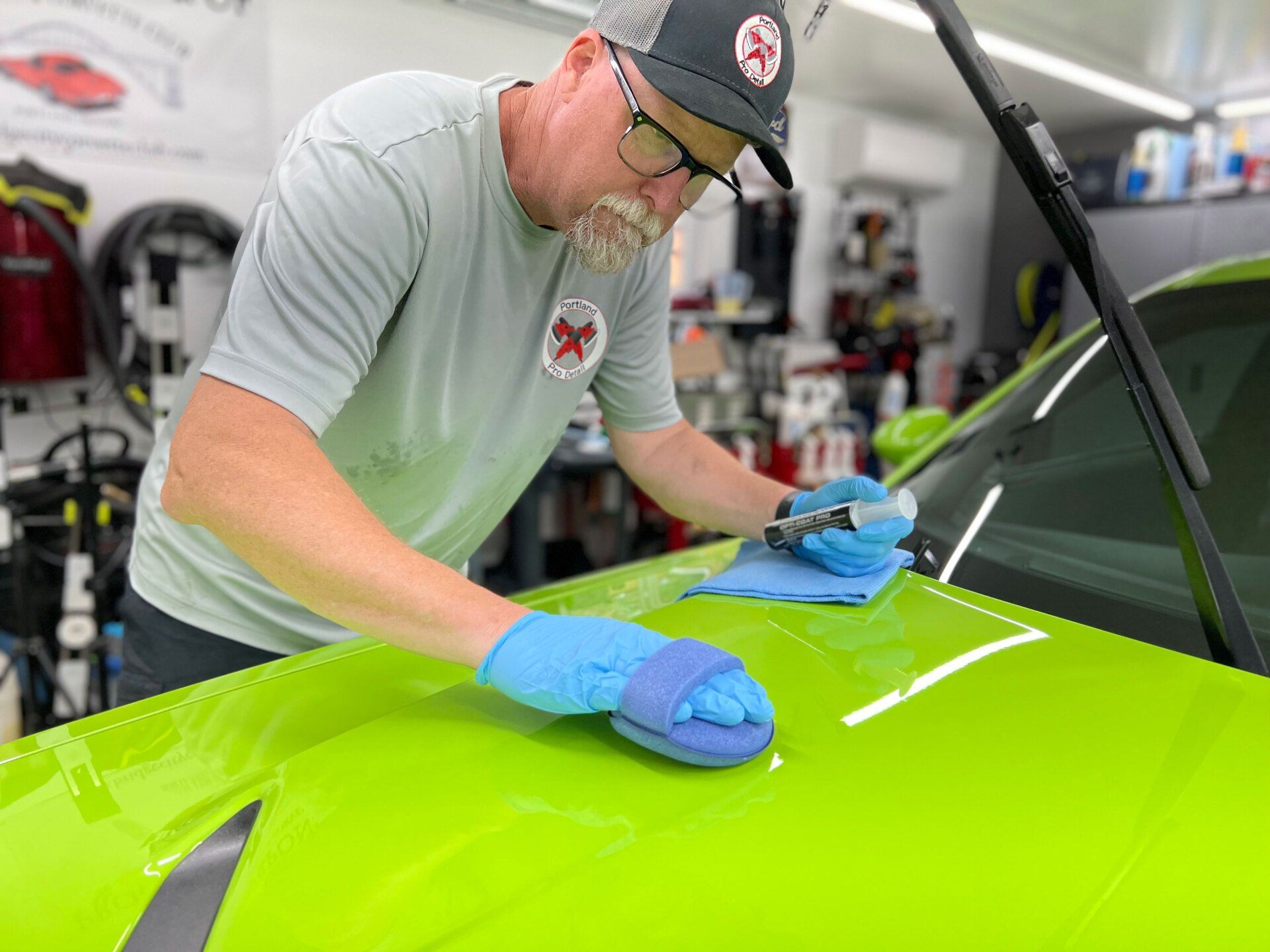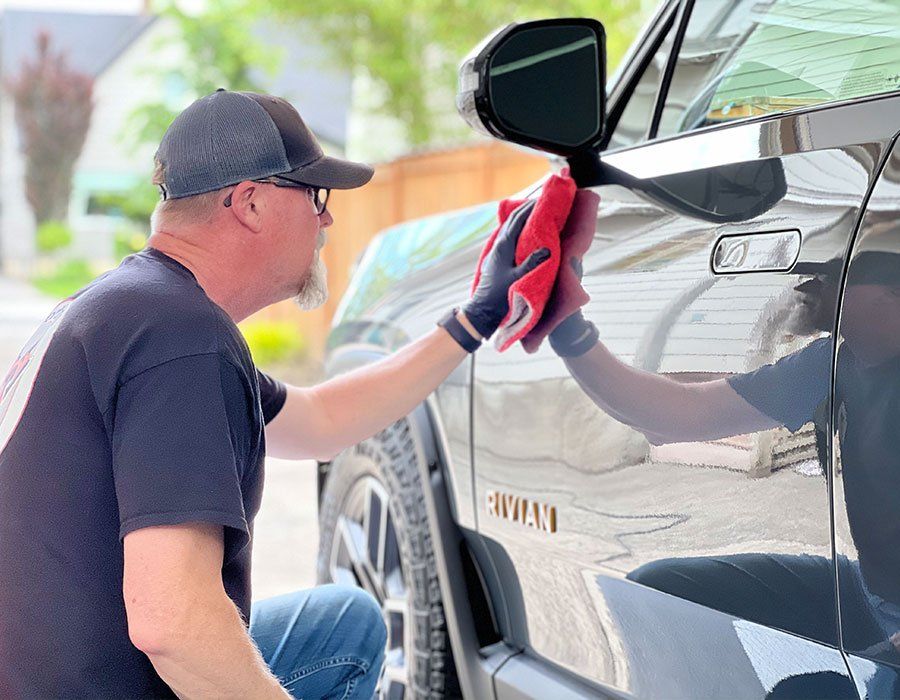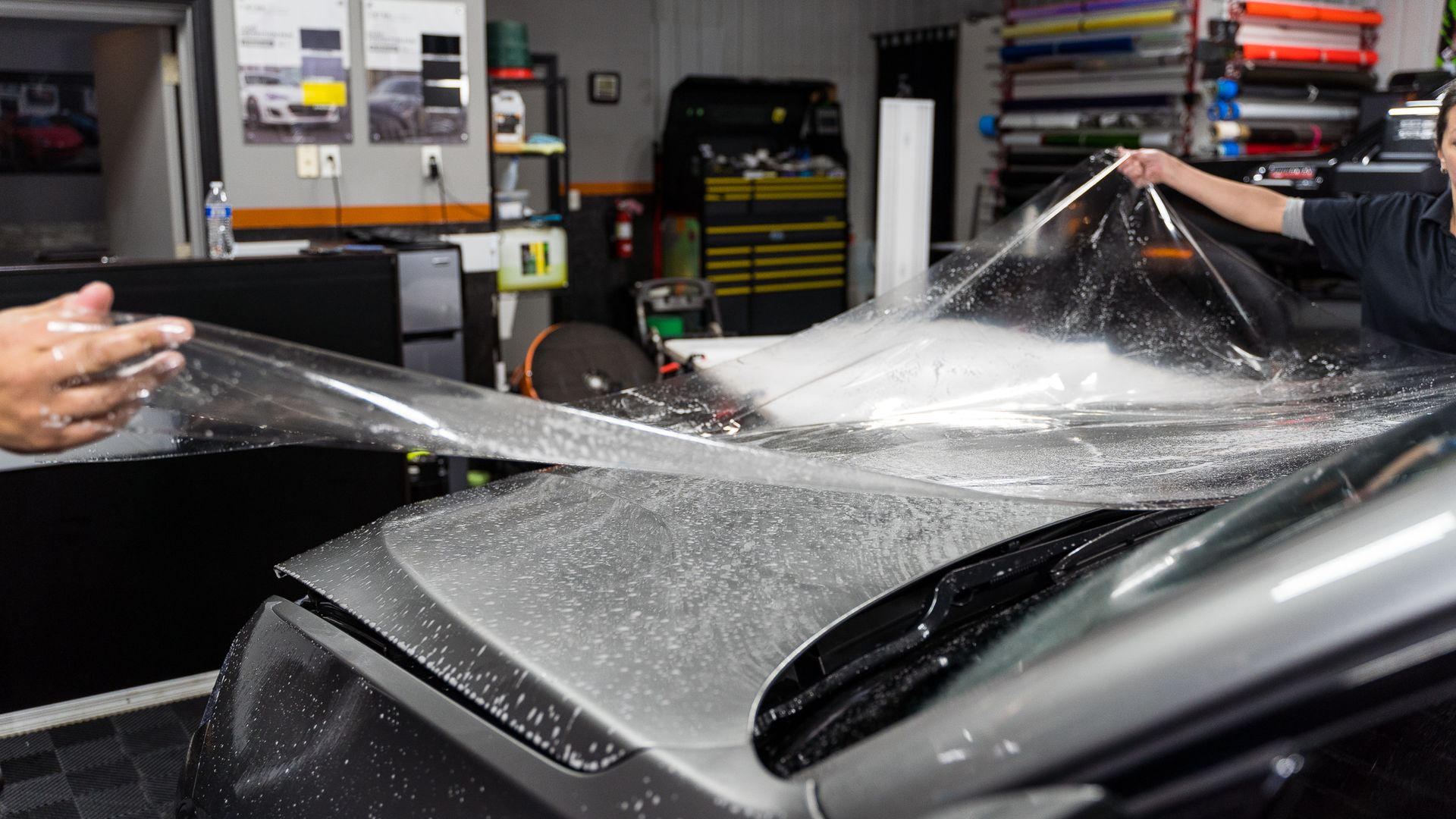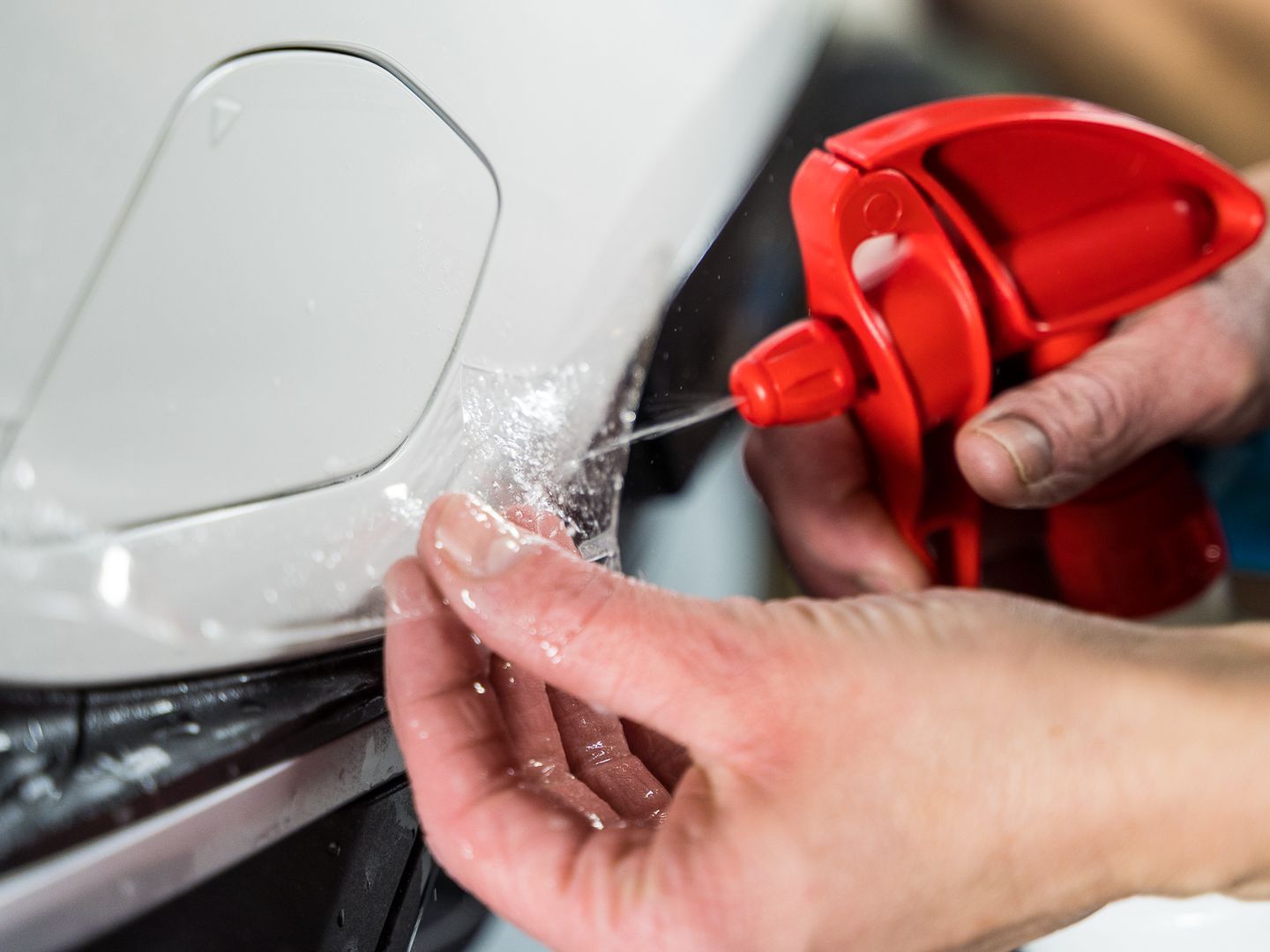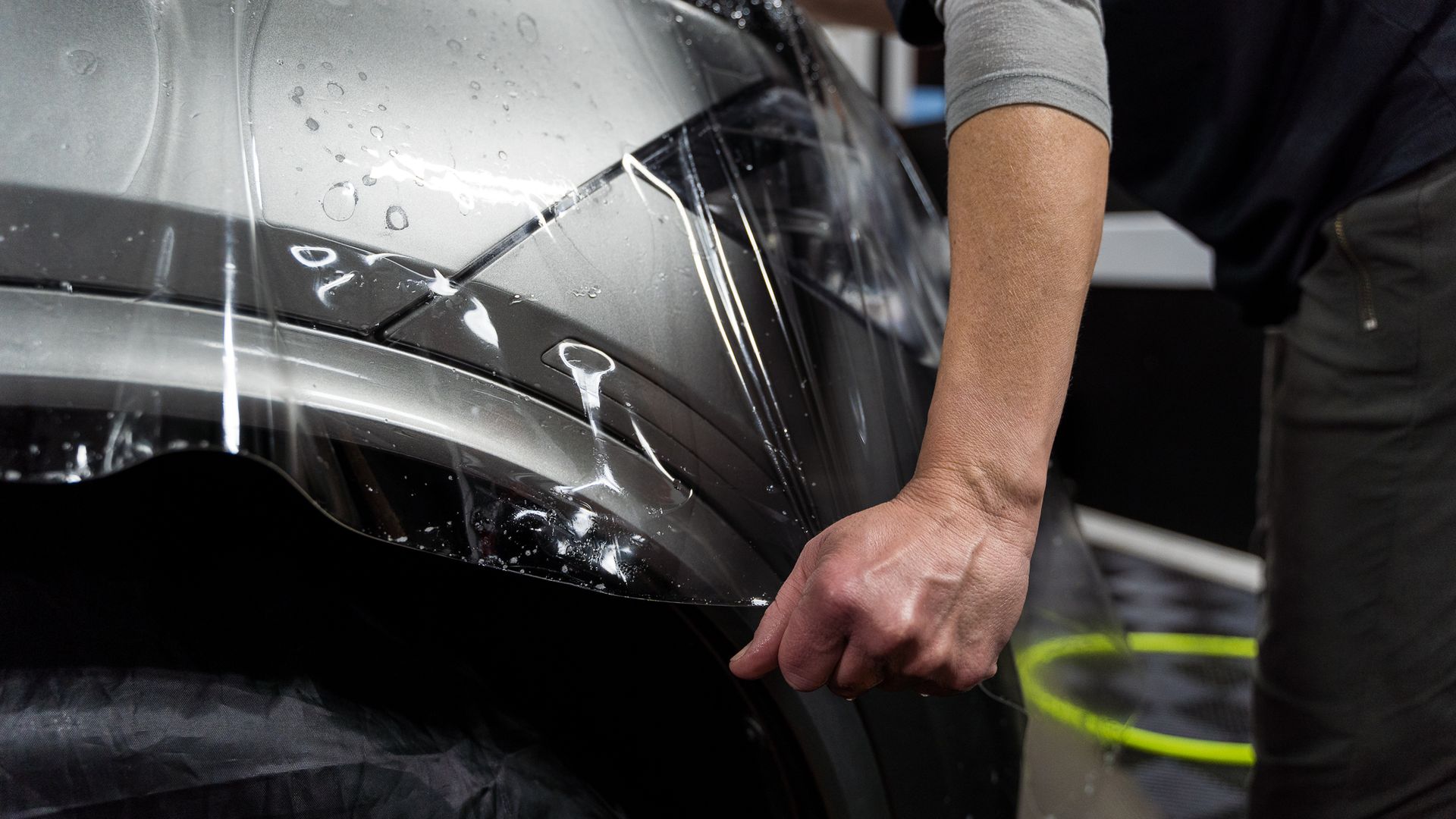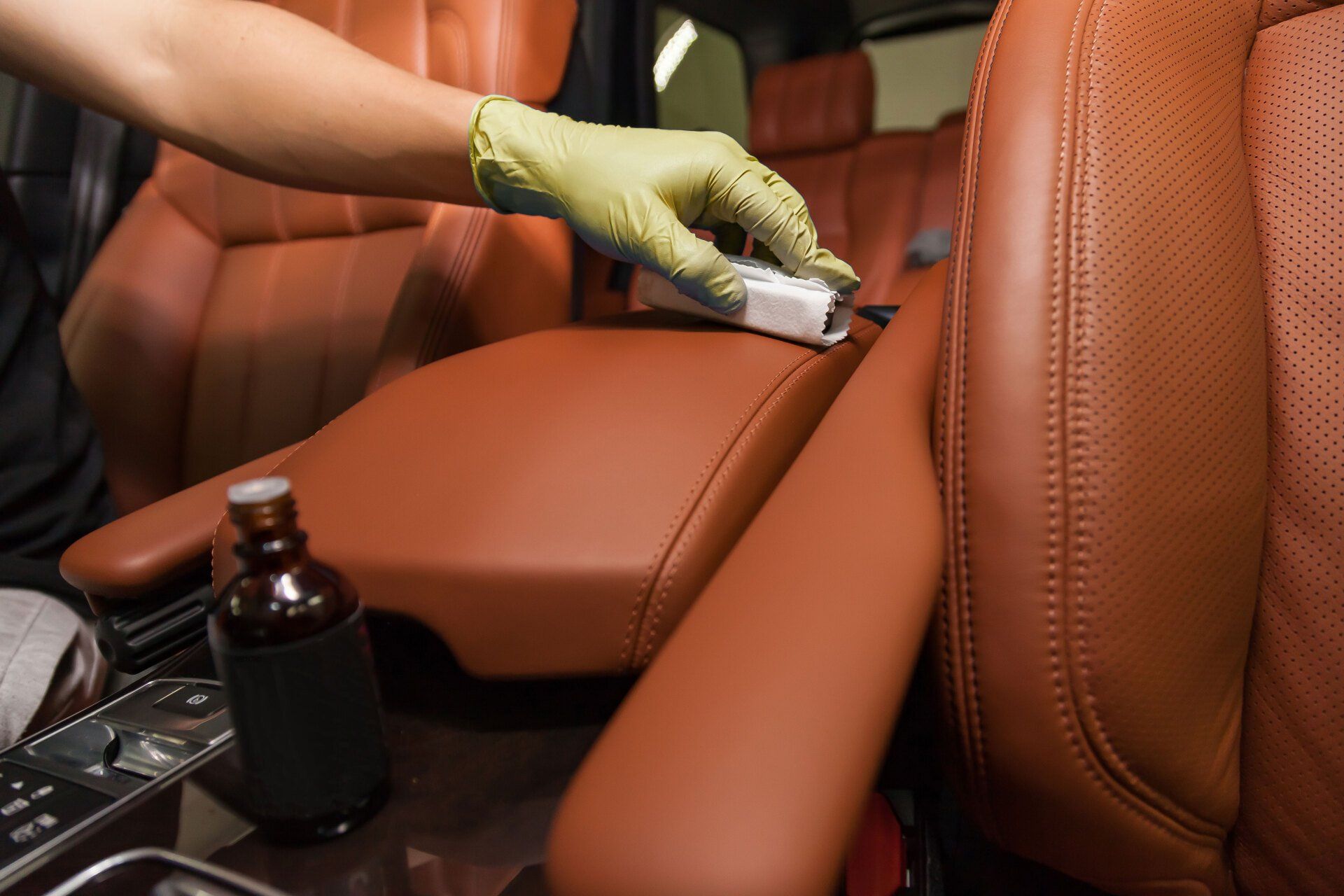Why PPF Is Essential for Cars in Snowy Climates: Protect Your Investment
CALL (503) 444-7415
When the first snowfall hits, it brings with it a sense of magic and holiday cheer. Unfortunately, it also comes with a reality check for car owners, especially in snowy climates. If you’ve ever had to scrape ice off your windshield or navigate through slushy roads, you know how quickly that winter wonderland can turn into a paint-damaging nightmare. That’s where Paint Protection Film (PPF) comes into play—it’s like a warm winter coat for your car, shielding it from harsh weather conditions, road salt, and debris that threaten its appearance and value. In this article, we'll explore why investing in PPF is not just smart but essential for keeping your beloved ride safe, shiny, and ready for whatever the winter throws at it.
PPF is essential for cars in snowy climates because it protects against damage from harsh weather conditions, road salt, and debris that can cause scratches and scrapes. By applying PPF, vehicle owners can significantly prolong the lifespan of their car's paint job, ensuring its aesthetic appeal even in challenging winter environments.
Why PPF is Crucial for Snowy Environments
In regions where snow blankets the roads, car owners face a harsh reality: the unique blend of snow, ice, and road salt can wreak havoc on a vehicle's paint job. Paint Protection Film (PPF) acts as a shield, standing resolute against the abrasive qualities of winter weather conditions. The regular application of PPF becomes especially important to maintain your car’s integrity, and this commitment pays off in the long run.
It’s not just about aesthetics; it’s about preserving one of your most valued investments. Data shows cars in snowy areas are 30% more likely to suffer from paint damage than those in milder climates, a statistic that emphasizes the need for proactive measures. When heavy snowfall occurs, particles such as dirt and grit get trapped in the snow, creating micro-abrasions as vehicles pass over them. Imagine driving through freshly fallen snow: flakes swirling around your tires become gritty with debris, potentially scratching your car’s surface as you travel.
With PPF installed, these micro-abrasions are effectively halted in their tracks. The film provides a cushioning layer that absorbs impacts before they reach your paintwork, thereby preserving both the visual appeal and market value of your vehicle. Furthermore, because PPF can endure temperatures ranging from -40°F to 200°F, it remains durable even under extreme winter conditions without cracking or peeling.
Moreover, snow is often accompanied by road salt, which many municipalities use to melt icy surfaces. Road salt can cause erosion and corrosion if it comes into direct contact with your vehicle's paint over time. A protective film can mitigate this risk significantly, preventing potential chemical damage caused by prolonged exposure to these harsh elements.
Additionally, PPF offers nearly 99% UV protection, which guards against sunlight that reflects off snow, safeguarding your paint from fading—a common issue that can lead to an unattractive appearance down the line. This added benefit makes it a wise investment for maintaining your car's aesthetic appeal. Consider how much easier life could be with this kind of protection: fewer trips to the body shop and less worry about what winter storms might do to your car. Having PPF installed enhances your vehicle's longevity and yields greater peace of mind while navigating challenging winter conditions.
As we explore further into automotive care and protection methods, let's shift our focus to another prevalent threat that vehicles face on the road—debris that can easily damage your car's exterior.
Defending Against Road Debris
Driving through snow-covered roads often feels like navigating an obstacle course. As vehicles rumble along, they dislodge gravel, rocks, and ice fragments—ruthlessly pelting surrounding cars with this relentless barrage of debris. This can be particularly problematic for those who prioritize keeping their vehicles pristine. Fortunately, Paint Protection Film (PPF) acts as a reliable shield against this onslaught.
Think of PPF as a second skin for your car. It absorbs the harsh impacts that would otherwise mar the surface of your vehicle, preventing unsightly paint chips and scratches. With PPF in place, you’re not just safeguarding the beauty of your car; you're actively prolonging its appearance and resale value.
For instance, imagine a regular commuter driving home after a fresh snowfall. They navigate past freshly salted roads only to encounter salt particles kicked up from vehicles ahead. Without PPF, those salt granules could easily scratch the car's finish or cause corrosion over time. However, with a high-quality layer of PPF installed, those particles have little chance to do any harm; they bounce off harmlessly.
But not just road salt poses a threat; small rocks thrown up by trucks can inflict significant damage too. PPF withstands impacts at speeds up to 120 mph without tearing or cracking, providing peace of mind while you drive through hazardous conditions. Because it can reduce the impact of road debris by a staggering 99%, your investment holds strong in the battle against wear and tear. Just think about it—a well-maintained car isn’t just eye candy on the road; it’s your ticket to avoiding costly repairs in the future due to road debris incidents that could've been prevented.
While some might shy away from investing in PPF due to upfront costs, consider this: left untreated, damage from road debris can lead to repair bills ranging from $500 to $3,000 or more depending on severity. By protecting your vehicle now, you might save a significant chunk of change later. Embracing PPF isn't merely about aesthetics; it's about smart defense against the environmental challenges that snowy climates throw at your vehicle every day. As we explore further, understanding how to prevent specific types of damage will prove essential in maintaining the integrity of your vehicle during harsh winters.
Mitigating Ice and Salt Damage
Ice and road salt are frequent visitors in snowy climates, carrying a significant risk for your car's paint job. With regular exposure, road salt can leave a corrosive effect that silently eats away at the metal underneath the shiny surface of your vehicle. It's almost a betrayal of the protective coating we trust to keep our cars looking pristine. This is why Paint Protection Film (PPF) has steadily gained traction as an essential armor against these elements.
The real danger lies not just in the salt itself but in what's left behind when ice thaws and is removed. As you chip away ice from your car, it can inadvertently tug at and scrape the paint layer, exacerbating existing weaknesses. Over time, this can lead to issues like peeling or chipping, which are both unsightly and may require expensive repairs.
Some car enthusiasts argue that washing their vehicles often can protect against these corrosive forces. However, it's important to note that washing alone is not sufficient; corrosion can begin almost immediately after salt makes contact with the paint.
Steps to Mitigate Damage
To effectively guard against the ongoing effects of ice and road salt, consider the following proactive measures:
- Apply PPF: A robust layer of Paint Protection Film acts as a first line of defense, preventing salt and ice from making direct contact with your paint. Its thick structure absorbs impacts from debris while providing a barrier against harmful substances. Cars equipped with PPF have reported up to 90% reduction in damage from road salt over time.
- Regular Check-ins: Just as we visit the doctor for checkups, your vehicle needs periodic inspections too. Routinely check the condition of the PPF to ensure it's doing its job efficiently. Look for signs of wear or damage that could compromise its effectiveness—if you spot any issues early on, you're already one step ahead.
- Prompt Repairs: If you notice any damages to your PPF, don’t wait until they worsen; address them swiftly! Small tears or dents can allow salt and moisture to creep under the film, resulting in more severe consequences down the line.
Implementing these strategies consistently preserves your vehicle’s appearance and enhances its long-term durability in harsh snowy conditions. As we navigate through how to maintain such protective measures all year round, it becomes clear there are even broader advantages to consider beyond just surviving winter's wrath.
Benefits Beyond Winter Protection
The versatility of Paint Protection Film (PPF) shines through in every season. During the hot summer months, for instance, this protective layer acts as a barrier against harmful UV rays that can cause irreparable damage to your car's paint. Just imagine the sun beating down on your beloved vehicle; without PPF, the risk of fading paint and oxidation increases significantly. This not only alters your car’s aesthetic appeal but can also lead to expensive repairs down the line.
Think of PPF as sunscreen for your car. Just as applying sunscreen protects your skin from damaging rays that can result in painful burns or long-term effects like skin cancer, PPF shields your car’s exterior from ultraviolet damage, ensuring it looks pristine for years to come. It's a small investment that yields significant returns, especially considering that cars with PPF can retain up to 80% of their original paint quality after five years—compared to just 50% for those without protection.
As seasons change and autumn and spring roll in, new challenges emerge. The film helps fend off corrosive elements such as acid rain and tree sap, which are known adversaries against vehicle finishes. Acid rain can eat away at the clear coat, while tree sap can create unsightly blemishes if left unchecked. PPF serves as that essential shield, providing comprehensive coverage against these potential threats.
An additional advantage of PPF is its self-healing properties. Small scratches that occur from regular use can disappear when exposed to heat, keeping your vehicle looking fresh without requiring constant touch-ups or maintenance. Then there's the matter of resale value. Vehicles equipped with PPF often see an increase in resale value—studies indicate that they can go up by as much as 10-15% compared to similar models lacking this protective feature. This means investing in PPF is not just about protecting your car today; it's about safeguarding your investment for tomorrow.
With these broad-ranging benefits in mind, it's worth exploring how PPF compares to alternative protective solutions, providing you with insight into the best ways to maintain your vehicle's integrity over time.
Comparing PPF to Other Solutions
When we think about protecting our vehicles, especially in snowy climates where the elements can be harsh, exploring various options can be enlightening. However, not all protection methods are created equal. Paint Protection Film (PPF), ceramic coatings, and traditional waxing each offer distinct advantages and disadvantages that are essential to understand for making an informed decision.
- Durability Comparison: One of the standout features of PPF is its durability. Typically lasting up to seven years when properly maintained, PPF acts as a robust barrier against physical harm. In contrast, while ceramic coatings provide decent longevity, they generally require reapplication every two to three years. Waxing is the least durable option, necessitating repetitive applications every few months to maintain effectiveness. Imagine the hassle of regularly needing a touch-up just to keep your car looking its best—that's what wax demands.
- Protection Levels: As we examine protection levels, it becomes clear that PPF excels when it comes to shielding your vehicle from physical impacts such as chips and scratches—an unavoidable risk in snowy or gravelly environments. PPF absorbs these hits like a shield, keeping the original paint pristine beneath. On the other hand, ceramic coatings primarily defend against minor scuffs and enhance ease of cleaning. They do an admirable job of giving your vehicle a shiny finish while resisting dirt buildup; however, they lack the heavy-duty impact resistance that PPF offers.
- Cost-Effectiveness: At first glance, the upfront costs of PPF may seem steep—often ranging from $1,500 to $7,000, depending on coverage and vehicle size. Yet this investment should be viewed through the lens of long-term benefits. By significantly reducing the frequency of repainting and touch-ups necessary due to wear and tear, PPF proves itself more cost-effective over time. This can be particularly advantageous for high-value or luxury vehicles, where preserving aesthetics is vital for maintaining resale value. While ceramic coatings might appear more economical initially—averaging between $500 and $2,000—they don't provide the same level of protection in harsh conditions.
Understanding these varied aspects helps clarify why many consider investing in PPF worthwhile. It’s not only about surface appearance but also preserving the integrity and value of your vehicle in challenging climates. Whether you choose PPF or explore ceramic coatings or waxing hinges on how much you value long-term protection against nature's elements. Now that we've explored how these options compare and demonstrated the importance of choosing protective layers wisely, let’s look at how to make the best selection for your vehicle's needs.
Selecting the Best PPF for Your Car
When it comes to selecting the best PPF for your car, several key factors can significantly impact both performance and aesthetics. You want a product that not only protects your vehicle from harsh elements like road salt and abrasives but also enhances its appearance rather than detracting from it. It’s essential to evaluate the film’s quality, thickness, and self-healing properties in conjunction with professional installation.
Factors to Consider
- Quality: Always opt for films made by reputable brands. Trustworthy manufacturers use advanced technologies and materials that offer superior protection and durability compared to cheaper alternatives.
- Thickness: The thickness of PPF typically ranges between 6 to 8 mils. Thicker films generally provide better defense against chips and scratches but can be more visible. Therefore, it’s critical to strike a balance between effective coverage and your vehicle's aesthetic appeal.
- Self-Healing Properties: One remarkable feature of high-quality PPF is its ability to self-heal minor scratches when heat is applied. This property allows your car to maintain a pristine look even after exposure to daily wear and tear—an invaluable asset during harsh winter months when damage is more likely.
- Professional Installation: While DIY options exist, investing in professional installation ensures that the PPF adheres correctly without any unsightly seams or bubbles. Skilled technicians will have access to tools and techniques for achieving flawless results that you might not replicate at home.
Imagine a luxury sports car owner carefully considering these factors before making a decision. They might lean towards a high-end, thin yet transparent PPF that blends seamlessly with their car's sleek design while providing robust protection from the elements. Such thoughtful choices can significantly enhance both functionality and visual appeal.
Ultimately, by meticulously selecting and applying the right PPF tailored to your needs, you can substantially extend the lifespan of your vehicle while keeping it looking fantastic—especially vital when navigating through snowy climates where risks abound. In summary, protecting your investment with high-quality paint protection film is an essential strategy for maintaining the beauty and value of your vehicle in challenging environments.
Protect Your Vehicle with Expert PPF Services
Portland Pro Detail is your go-to destination for premium paint protection film (PPF) services in Portland, OR. Their experienced team applies high-quality PPF that acts as a shield against scratches, rock chips, and environmental contaminants, ensuring your vehicle's paint remains flawless. Whether you’re protecting a brand-new car or preserving the finish of an older one, their precise installation and top-tier materials offer long-lasting protection. Contact Portland Pro Detail today to find out how their PPF services can keep your vehicle looking brand-new for years to come.
Portland Pro Detail Blog


